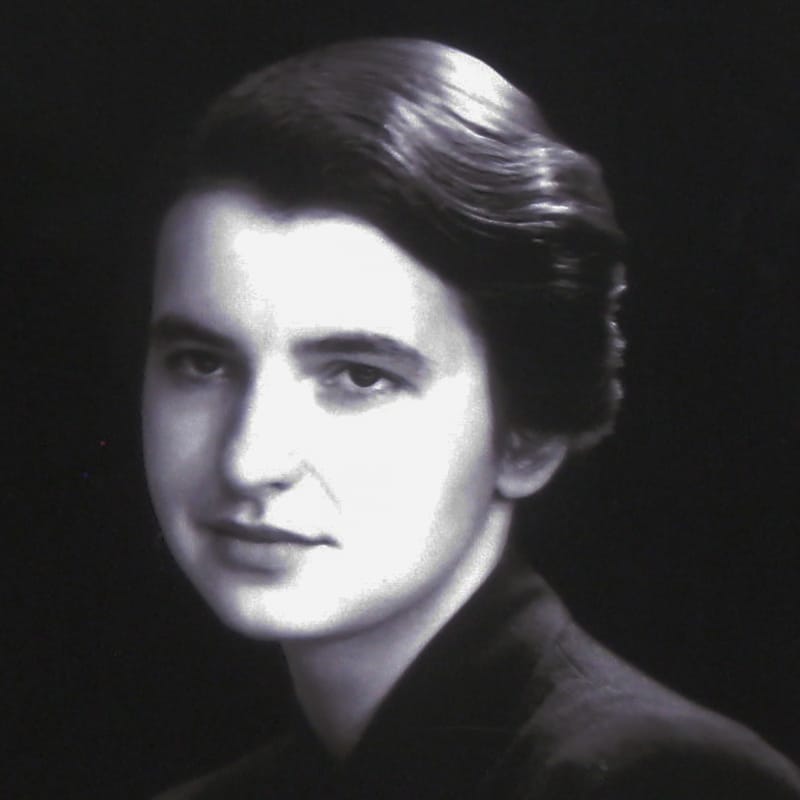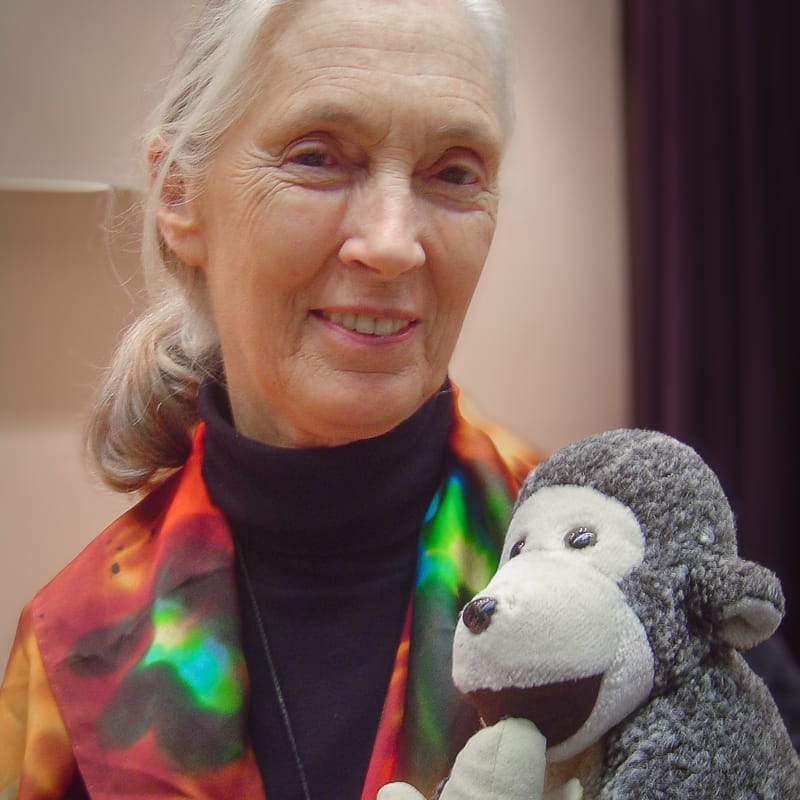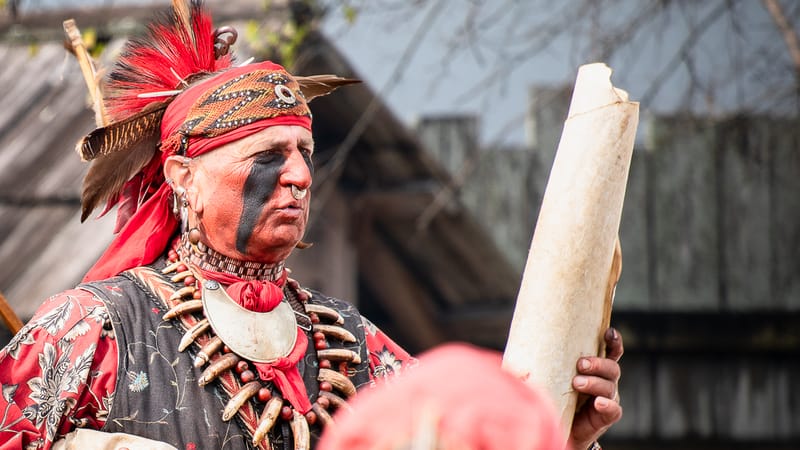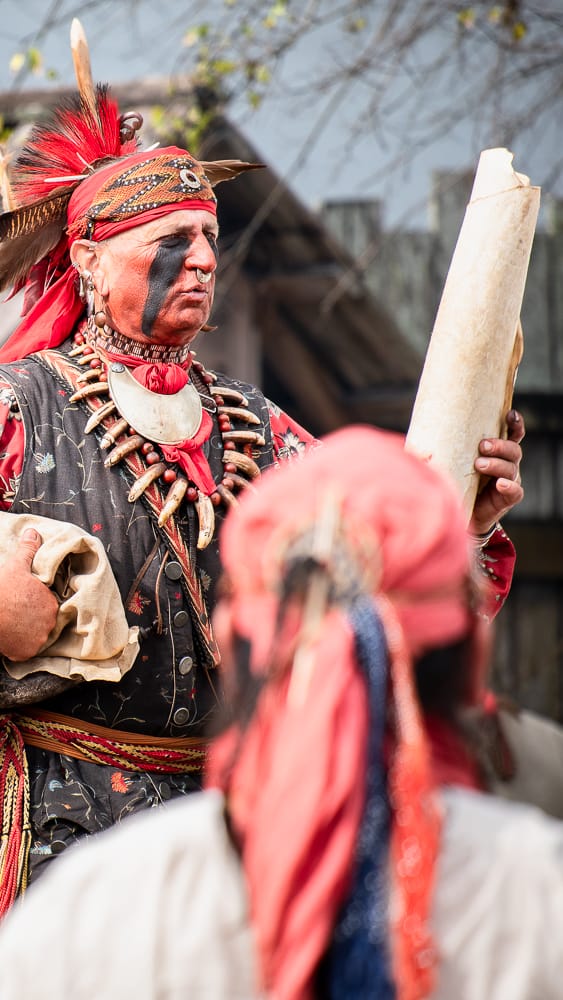
Dec 14 2024
Rosalind Franklin: Unsung Hero of DNA Discovery
In a quiet laboratory in 1950s London, Rosalind Franklin peered into her X-ray diffraction apparatus, capturing images that would change the course of science.
With a sharp intellect and a relentless work ethic, Franklin contributed some of the most critical evidence for understanding DNA’s double-helix structure. Yet, for much of history, her pivotal role in one of biology’s greatest discoveries was overlooked.
Born in 1920 in London to a well-educated and supportive family, she excelled in science from an early age, later studying chemistry at Cambridge University. After earning her doctorate, she honed her expertise in X-ray crystallography, a technique that uses the scattering of X-rays to deduce the structure of molecules. This skill would become central to her groundbreaking contributions to biology.
In 1951, Franklin joined King’s College London, where she worked on deciphering the structure of DNA. Using her expertise in X-ray diffraction, she captured a series of images, the most famous being Photo 51. This image revealed crucial details about DNA’s helical structure, including its consistent width and the spacing of its bases. Her meticulous work provided the foundation for understanding how genetic information is stored and replicated.
Despite her achievements, Franklin’s contributions were not fully recognized during her lifetime. Without her knowledge, Photo 51 was shown to James Watson and Francis Crick, who used it as critical evidence in their model of DNA’s double helix. While Watson, Crick, and Maurice Wilkins received the Nobel Prize in 1962 for their discovery, Franklin’s name was absent from the accolade. Her early death in 1958, at the age of 37 from ovarian cancer, meant she never saw the full recognition of her contributions.

Today, Franklin’s legacy is celebrated as a symbol of perseverance and scientific excellence. Her work not only laid the groundwork for understanding DNA but also extended to the study of RNA, viruses, and coal structure. She was a pioneer in fields often dominated by men, challenging barriers and proving that brilliance knows no gender.
Though history initially overlooked her contributions, she is now rightly acknowledged as a key figure in one of the most important scientific discoveries of the 20th century. Her dedication to uncovering the secrets of life continues to inspire scientists and advocates for equality in science, ensuring that her legacy endures.
Learn more at The Rosalind Franklin Society


